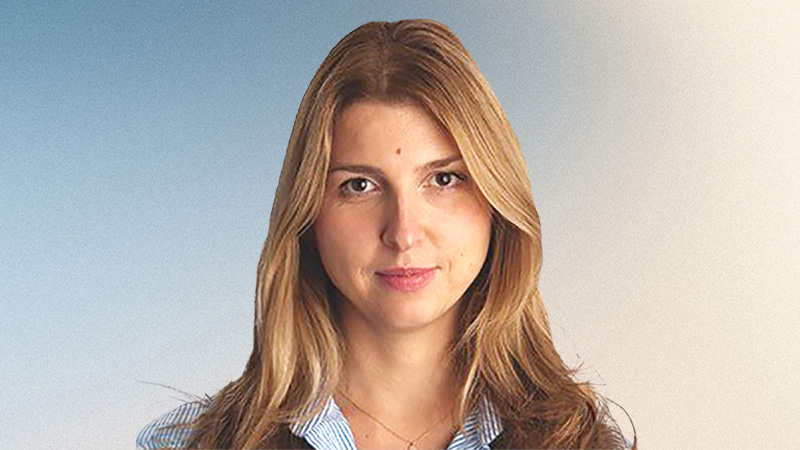Global central bank divergence is to continue as a ‘dominant theme’ in Absolon’s view as the Federal Reserve looks to tighten rates, while quantitative easing programmes continue in Europe and Japan.
Developed sovereign bond yields are expected to rise moderately and Absolon said he continues to believe it is ‘prudent to maintain a short duration profile.’
“While our duration view remains unchanged, our credit view has evolved to reflect shifts in corporate credit fundamentals,” he explained. “We believe there will be fewer opportunities across the broader credit universe. The investment grade corporate bond market is likely to encounter a more challenging environment than in previous years, as interest rates rise and, at the margin, fundamentals weaken on higher leverage ratios in some sectors.
It is not all doom and gloom though as in Absolon’s view fundamental investors can still ‘find select valuation opportunities’.
“It is worth highlighting that although both investment grade and high yield credit spreads have widened in the second half of 2015, the absolute level of yields remains historically low,” he said.
“Typically, high yield bonds benefit from a recovering economy as the prospects of default fall,” Absolon said. “But this is an atypical recovery and given the very low level of absolute yields, the cushion available to absorb capital loss as interest rates rise is much shallower, due to lower coupon rates. Nonetheless, for active investors, we believe there are select valuation opportunities in certain areas of the high yield market, such as energy, where the sell-off has been indiscriminate and the fundamentals of a number of issuers have been overlooked.”
“Furthermore, should the strong US dollar trend stabilise, over the longer term, these markets should begin to show more interesting opportunities,” he added.










